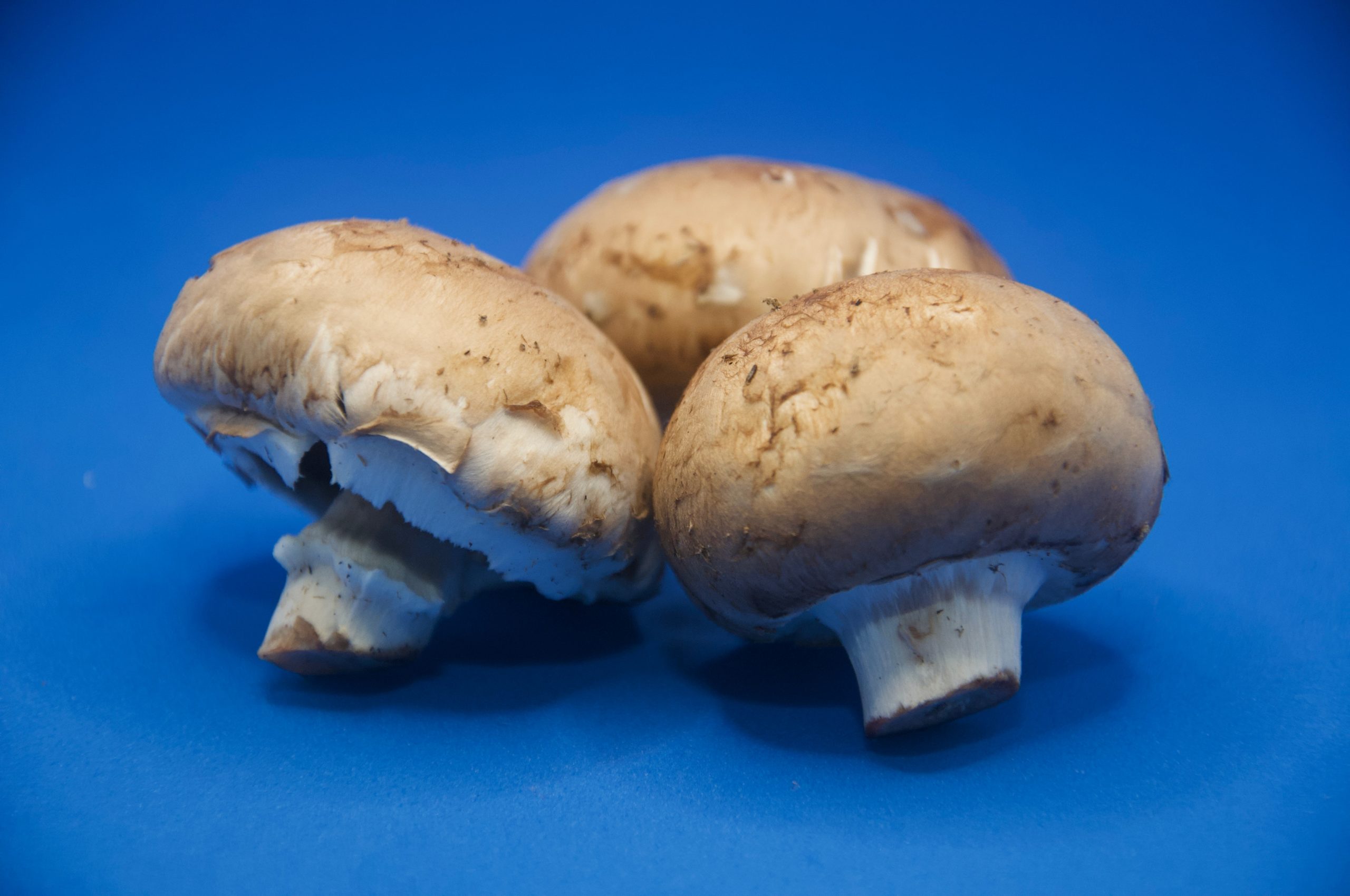Mushrooms are highly sensitive to their surroundings, and environmental factors directly influence their development. This makes it crucial that growers hone in on the conditions their mushrooms exist in, to ensure healthy growth and maximum yields.
We’ll cover the ideal temperature, humidity levels, ventilation requirements, light levels, and substrates required to successfully cultivate mushrooms. Though, as you’ll see, it always depends on the species of mushroom you’re looking to cultivate.
Temperature
In general, the optimal temperature range for most common cultivated mushrooms is between 55°F and 75°F (13°C and 24°C). However, it’s important to note that specific species may have their own temperature preferences within this range.
For example, oyster mushrooms prefer slightly higher temperatures around 65°F to 75°F (18°C to 24°C), while shiitake mushrooms thrive in cooler temperatures between 55°F and 65°F (13°C and 18°C).
It’s important to check the temperature requirements for the species of mushroom you plan to grow before you start the cultivation process; maintaining a consistent temperature within the appropriate range (for your species) throughout the various stages of spawn inoculation, mycelium colonization, and fruiting will help support a successful harvest.
Temperature deviations outside the optimal range can lead to slower growth, reduced yields, or even failure to produce mushrooms altogether.
Humidity and Moisture
Humidity plays a vital role in preventing drying out of the substrate, promoting mycelial growth, and ensuring the proper formation of fruiting bodies.
Different stages of mushroom growth require specific humidity levels.
- During the initial stages, higher humidity, typically around 80-95%, helps facilitate rapid mycelium colonization and prevents the substrate from drying out.
- As mushrooms progress to the fruiting stage, slightly lower humidity, around 70-85%, is preferred to encourage proper pinning and development of mushroom caps.
To maintain proper moisture levels, several methods can be employed, including misting the growing environment with water, using humidity controllers, using humidity trays or chambers, or using a grow kit.
Light Levels
Light serves as a trigger for mushroom fruiting, signaling the mycelium to form fruiting bodies. However, the specific lighting conditions vary among mushroom species.
Some mushrooms, like Oyster mushrooms, are considered phototropic and require light for proper fruiting. They thrive in indirect light or low-intensity artificial lighting. On the other hand, certain mushrooms, such as Shiitake or Reishi, are classified as skototropic, meaning they prefer darkness or minimal light exposure to initiate fruiting.
Ventilation
Adequate airflow helps regulate temperature, humidity, and carbon dioxide levels in the growing environment.
Proper ventilation allows for the removal of excess moisture and carbon dioxide, which can lead to the growth of contaminants or inhibit mushroom development. It also facilitates the replenishment of fresh oxygen necessary for mycelial growth and fruiting. To achieve adequate air exchange, growers can utilize passive or active ventilation systems.
Passive methods include providing strategically placed vents, while active methods involve the use of fans or air circulation systems. The goal is to maintain a gentle, continuous flow of fresh air without causing excessive drying or disturbance to the growing environment. Regular monitoring of air quality and adjustment of ventilation systems are essential to create an optimal and healthy environment for mushroom cultivation.
Note: Easy Shroom All-in-One Grow Kits are properly ventilated by design!
Growing Substrate
The substrate provides the necessary nutrition and support for the mycelium to colonize and form fruiting bodies. Different mushroom species have specific substrate requirements.
Common substrates used in mushroom cultivation include straw, wood chips, sawdust, and agricultural by-products such as corn cobs or coffee grounds. Each substrate has unique characteristics and nutrient composition, making it suitable for specific mushrooms. For example, for Shiitake mushrooms, the preferred substrate is hardwood sawdust supplemented with agricultural by-products such as wheat bran or rice bran.
How To Guarantee Perfect Conditions For Growing Mushrooms
If after reading this article, you’re ready to take the plunge and start your grow operation – you should know that here at EasyShroom, we make it as easy a possible to start your path towards your first harvest.
We prepackage all materials and equipment you’ll need in our All-In-One Mushroom Grow Kit, and we also have a variety of mushroom spores available here.
We also care about making sure you have the right information before making any decisions, if you have ANY questions about our equipment, please reach out to us here.

